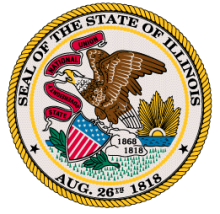Illinois Governor Recommends Publicly Owned Fiber Network for Broadband Stimulus
Highland, a city in Illinois, has been recommended by the governor to receive a grant from the broadband stimulus program. Highland plans to build a full fiber-to-the-home network after first connecting the schools and public buildings (a phased approach that has worked well elsewhere). Stimulus funds would expedite the buildout that has already demonstrated strong community support.
Highland city voters passed — with 75 percent voting in favor — three referendums April 7 concerning the idea to bring fiber-optic cable connections to every home and business within the city. It will offer high-speed Internet service, telephone and cable TV. Shortly after, the council had authorized construction and operation of a telecommunications and cable television system, while emphasizing the need for careful planning. The council also voted to set up a three-member Telecommunications Advisory Board to oversee the process.



